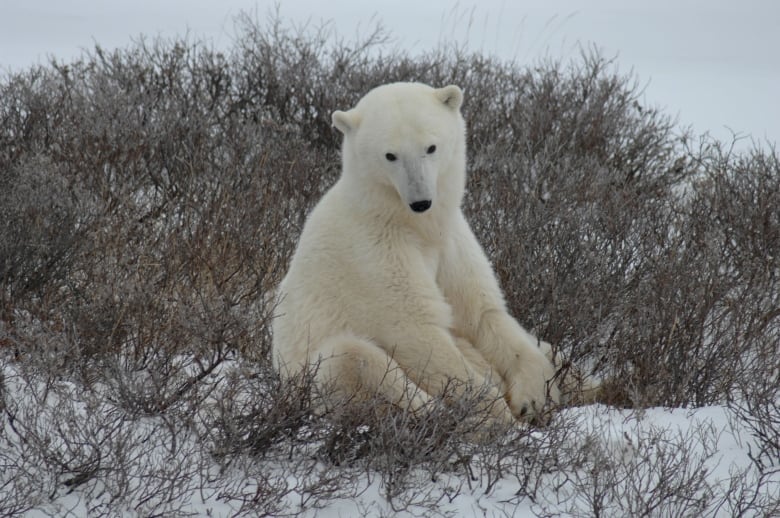Sea ice melt leaves polar bears 7 fewer weeks for hunting each year
Polar bears need sea ice to hunt, so what happens when the ice retreats?

Polar bears need sea ice to survive. As ambush predators, they depend on it as a hunting platform. It also provides them with camouflage and acts as a highway connecting territories.
But a new study has found that in all 19 polar bear subpopulations around the Arctic, every decade since 1979 the sea ice is melting three to nine days earlier, and re-forming three to nine days later.
Over nearly four decades, that means the ever-shorter ice season is leaving them stranded on land for seven extra weeks.
The researchers also used mathematical models to predict the effect climate change will have on the sea ice in the future.
It didn't look good: they found that the bears will have to face an additional seven weeks on land by mid-century.

"They [the models] predict that sea ice will continue to retreat earlier in the spring, and come back later in the fall, and that by mid-century or maybe later we'll be left with essentially a seasonal sea ice cover," says Harry Stern, one of two lead researchers on the new paper, published Wednesday in the European Geosciences Union journal The Cryosphere.
Bleak analyses of sea ice retreat are nothing new, but this study combined satellite data from all across the Arctic to focus on polar bear habitat.
"No one had ever looked at all 19 regions using the same sea ice metrics."
The 19 polar bear populations, divided by region, are fluid, made up of bears that tend to roam around as they please within and between their regions. Canada is home to 12 of those populations.

A meltable feast
The declining sea ice means the bears are separated from their hunting grounds for longer and longer. As specialized sea ice predators — even known as marine mammals for their dependence on a marine environment — they have nowhere else to turn.
It has been suggested that polar bears can make up for the lack of seal fat in their diet by foraging on land for things like birds' eggs. An Environment Canada study in 2014, for example, found that up to 80 per cent of eider duck colonies were being destroyed each year by hungry bears.
Polar bears have also been known to eat the birds themselves, chase down the occasional reindeer, and even graze on grass and washed-up kelp.
But a new study, by University of Alberta polar bear researcher Dr. Andrew Derocher, shows the boost in energy from these other sources is not enough to make up for the loss of fat-rich seal pups.

"It's a nice idea, but the energy density of these foods is low, their abundance is low — and there's a whole other idea that if it was really a significant potential contribution, the bears would have been using this, and using it all along. And of course that's not what we've seen," says Derocher.
His work gives weight to the University of Washington study, showing the physiological consequences of the loss of sea ice.
"The work by Stein and Leidre is certainly problematic in that when you look at it on a population by population basis, some of the areas are losing ice at really dramatic rates."

Polar bears need an enormous amount of energy to build the blubber that keeps them warm, and as an energy reserve to last through the lean summer months. Derocher calculated that they need around a kilogram of fat per day when they are not feeding.
The consequences of too little sea ice can appear very suddenly. Mother bears have to carry hundreds of pounds into the denning season if they are to give birth and raise their cubs. Without that extra fat, the pregnancy will be aborted — this internal calculation means that a few lean years can cause a plummeting birth rate alongside the starvation of living bears, a potentially disastrous outcome for a species with dwindling prospects.
"It's clear that, you change the sea ice, you affect the bears," says Derocher. "And there's only so far that you can push them. At some point there's just not enough sea ice for them to persist in an area and we would expect them to blink out."

